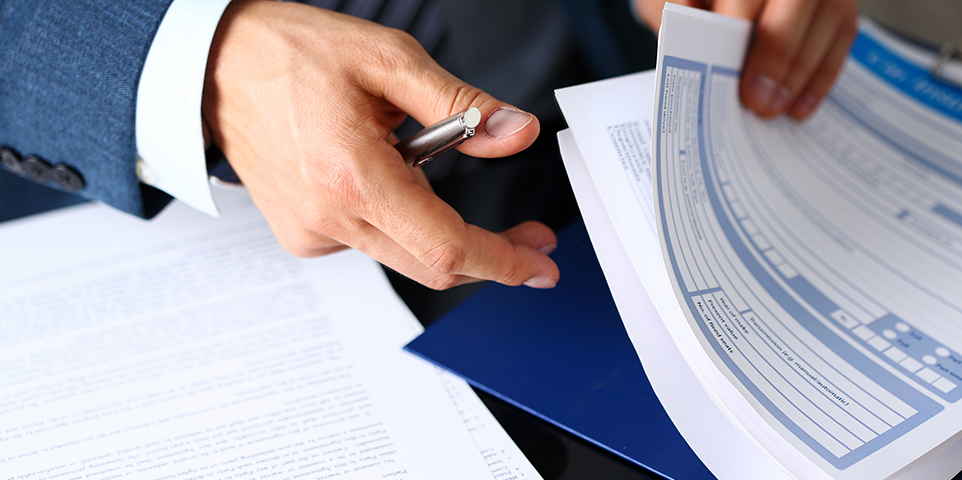A violent storm damages your house. A grilling accident leaves your guest injured. A burglar breaks in. When an unfortunate event strikes close to home, you might need to file a claim with your insurance company. As part of the contract between you and your insurer, a claim against your homeowners policy comes with rules and procedures that both your insurer and you must follow.
Read your policy to see exactly what your responsibilities are—here are some steps to get you started.
- Report any crime to the police. If you are the victim of a theft or your home has been vandalized or burglarized, report it to the police. Get a police report and the names of all law enforcement officers that you speak with as you may need to provide the details of the event to your insurer.
- Phone your insurance professional immediately. Ask the following questions: Am I covered? How long do I have to file a claim? Will my claim exceed my deductible? (If your loss is lower than your deductible, you probably won’t want to go through the claims filing process.) How long will it take to process my claim? Will I need to obtain estimates for repairs to structural damage?
- Promptly fill out claim forms. If you establish that you'll be making a claim your insurance company will send you the necessary claim forms—by law, these must be sent to you within a specified time period. Return the properly filled out forms as soon as possible in order to avoid delays.
- Have the insurance adjuster inspect the damage. Your insurance company will probably arrange for an adjuster to come and inspect your home. An adjuster is a company representative who inspects property damage to determine how much the insurance company should pay for the loss. He or she will interview you and inspect the property.
- Prepare for the insurance adjuster’s visit. Be prepared to show the adjuster any structural damage and have a list of damaged items ready so you can make the best use of the time.
- Make temporary repairs. Photograph or videotape the damage, then take reasonable steps to protect your property from further damage. If possible, avoid throwing out damaged items until the adjuster has visited your home. Save receipts for what you spend—you may be able to submit them to your insurance company for reimbursement later.
- Prepare a list of lost or damaged articles. You're going to need to substantiate your loss, so make a list of destroyed or damaged items, then make a copy of the list for your adjuster. Also supply him or her with available copies of receipts from damaged items. (Having a home inventory will speed this part of the claims process).
- If you need to relocate, keep your receipts. If your home is so damaged that you need to find other accommodations while repairs are being made, keep receipts and records of all additional expenses incurred. Most homeowners insurance policies provide coverage for additional living expenses in such cases, but you’ll need to provide proof of the costs.
- Don't be shy about asking questions. If you have any questions about the claim filing laws in your state, call your insurance professional or your state department of insurance.
Once you and your insurance company agree on the terms of your settlement, state laws require that you be sent payment promptly.
Next steps: Get more in-depth information on the claims payment process here.
